A selection of my photographs of fire bombers seen in USA in the late 1970s

A number of US air tanker operators used
military disposals Fairchild C-119 Flying Boxcars, most fitted with
a jet pak on the roof
for additional power for takeoff from
hot and high airfields. Here's two C-119s seen from the US Forestry
Service tower at the
Fox Field Aerial Fire Attack Base at Lancaster, California in September 1977
Fox Field Aerial Fire Attack Base at Lancaster, California in September 1977

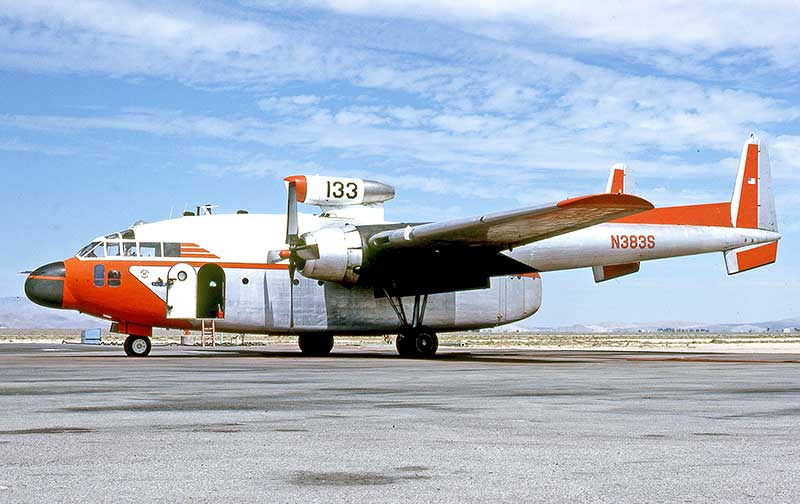
This former RCAF C-119G had made a European sales tour in 1968 as the prototype Steward-Davis STOLMaster freighter conversion.
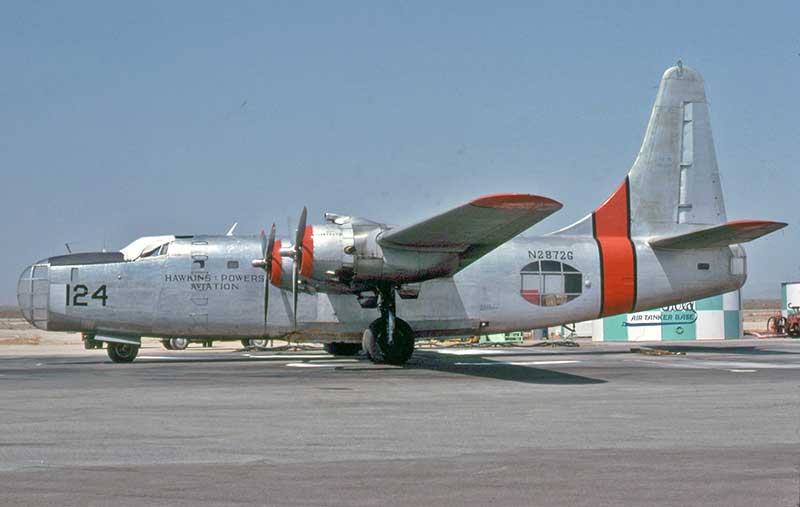
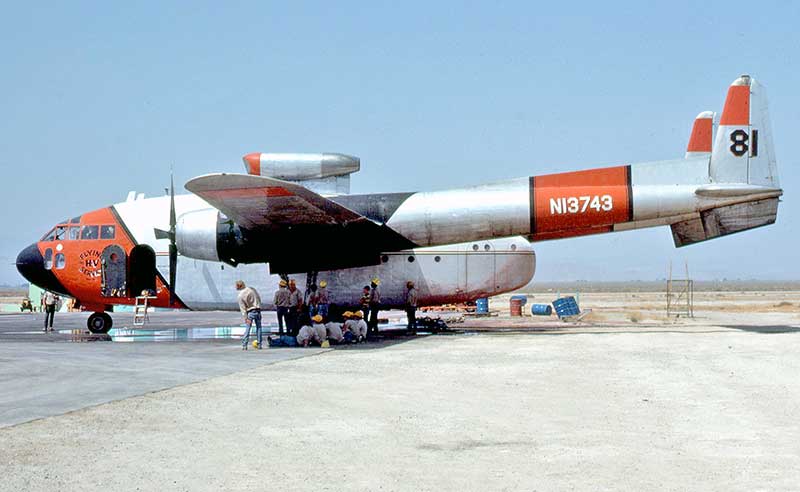
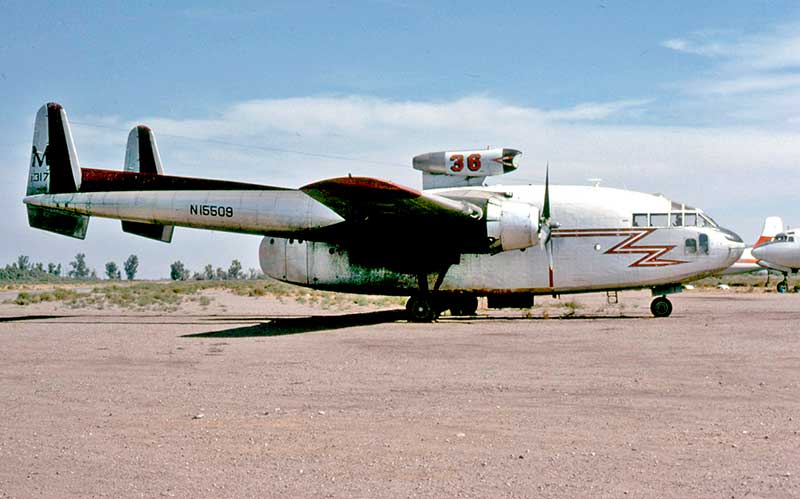
Its RCAF origins are obvious from the paint scheme, however the right rudder is an ex-US Navy spare unit

Central had tanked a number of US Navy disposals C-54s, N67040 tanker #147 starting out as a R5D-2Z
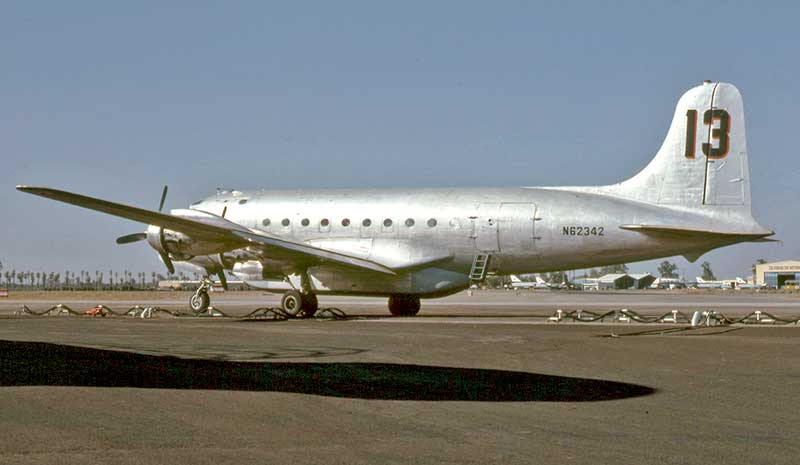
C-54D N62342 tanker #13 was at Fresno, California in September 1977
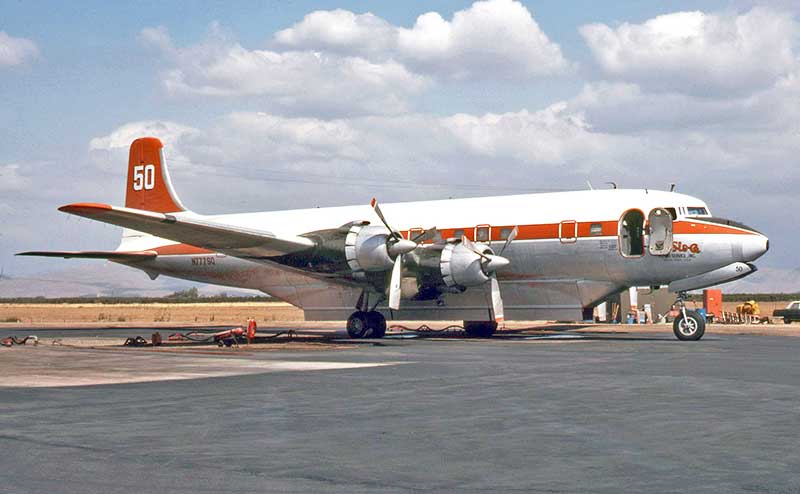
On the next readiness stand at Porterville
Attack Base in September 1977 was Sis- Q Flying Service DC-6A N777SQ tanker
#50.
It was fitted with an impressively large belly tank, with cockpit controls for eight different retardant drop sequences
It was fitted with an impressively large belly tank, with cockpit controls for eight different retardant drop sequences

DC-7C N90802 at Chandler Arizona in October 1979 was previously BOAC's Seven Seas G-AOIB
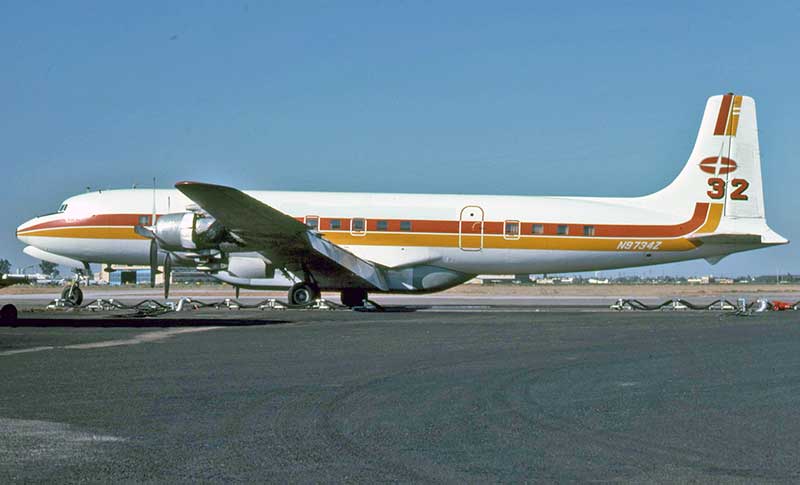
This was one of the DC-7 fleet of experienced operator Sergio Tomassoni, who used them as fire bombers and sprayers
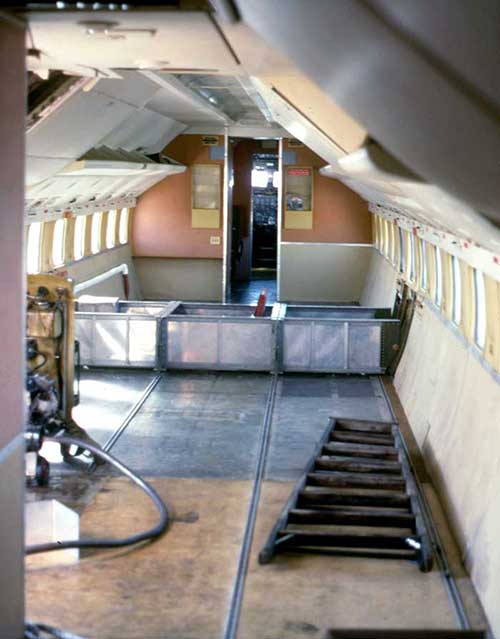
Some cabin placards revealed its Scandinavian Airlines System heritage as SE-CCF on the SAS New York trans-Atlantic run
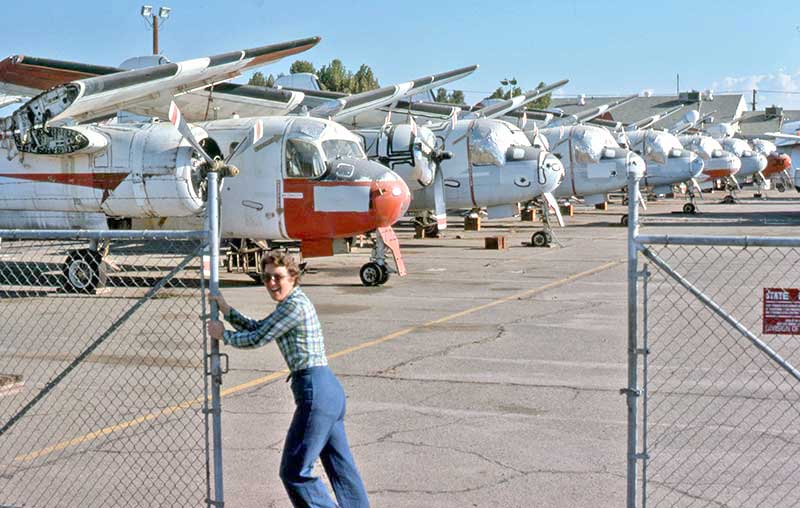
Over thirty TS-2As were ferried to Fresno from Davis Monthan AFB storage, and parked at the Fresno attack base pending conversion.
The Fresno CDF staff kindly allowed us to inspect these Trackers. Here my wife Jane opens up the compound.
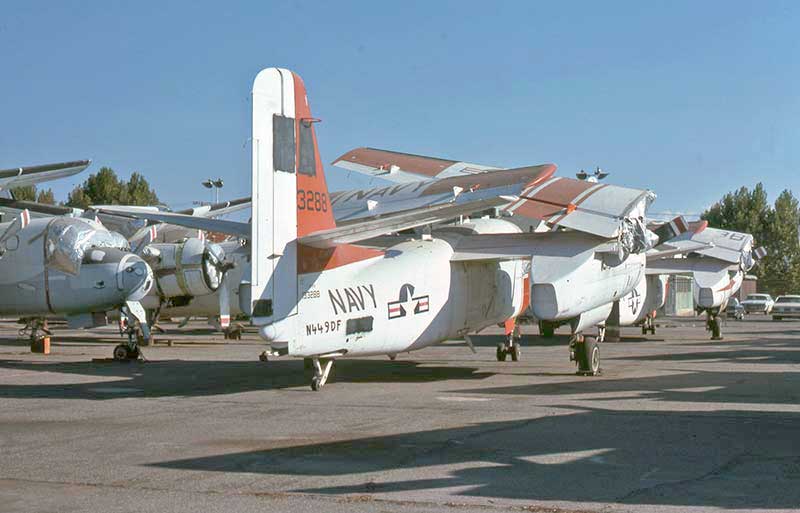

It was up for sale and its belly retardant tank and plumbing had been removed, hoping for a sale on the warbird market
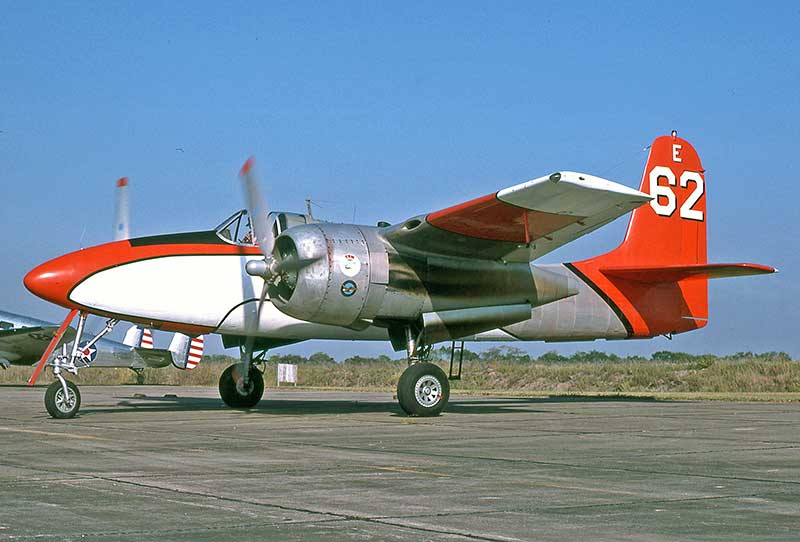
It attracted a lot of attention with a recent repaint and impressive flying displays, but a quick sale did not eventuate
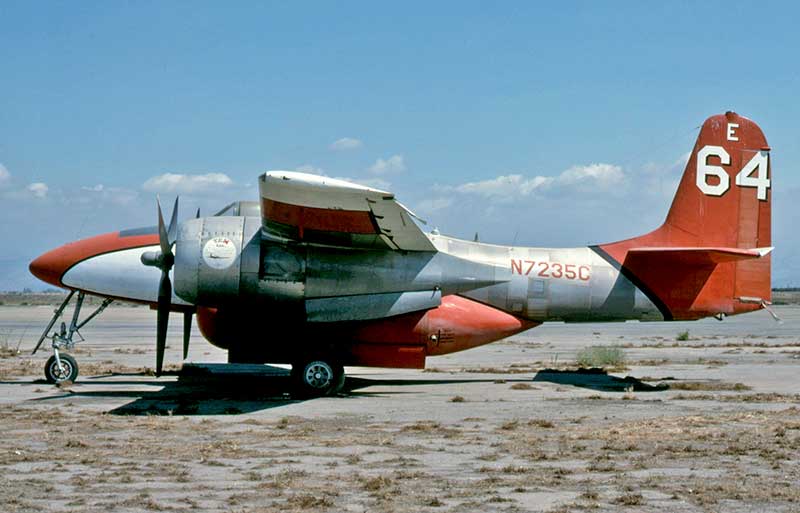
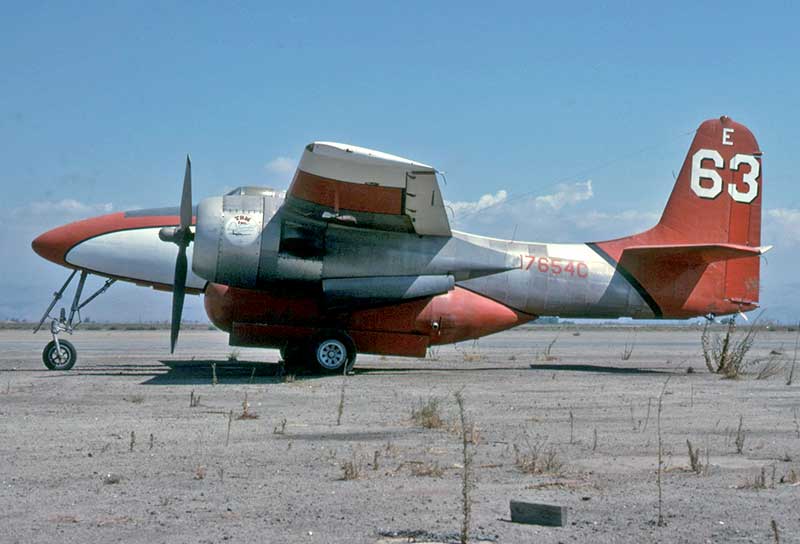

This TBM-3E Bu53593 had not been converted and was stored at Sequoia in September 1977 alongside other military disposals types.
N5567A had been hand-painted over the Navy markings, despite N6822C being allocated when TBM purchased it back in 1958.
After 25 years sitting in the weather, it was repaired by TBM Inc for a ferry flight to the US Navy Museum at Pensacola in 1982.
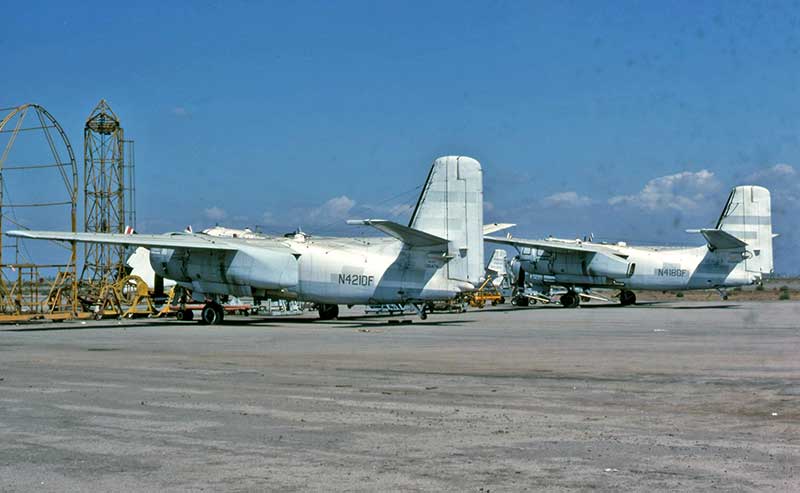
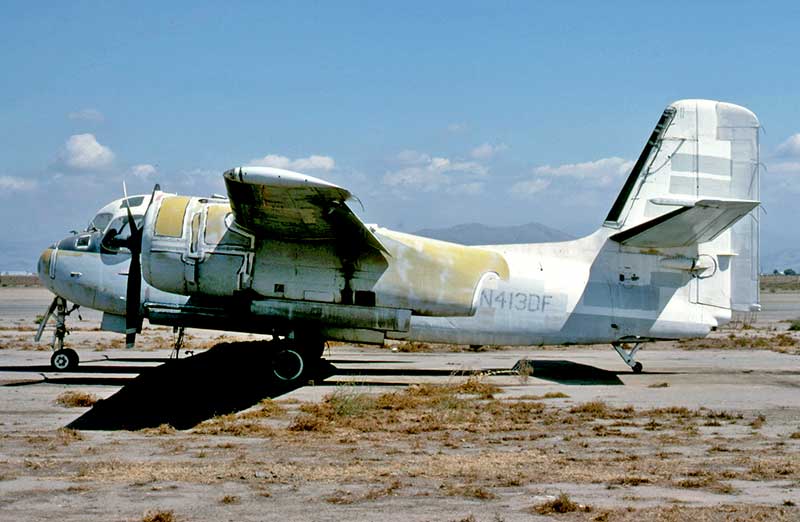
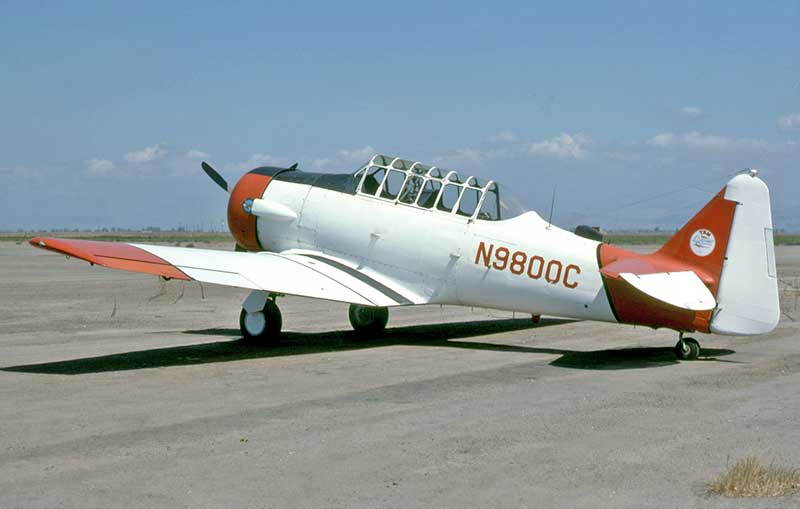

Here it is at the Porterville Aerial Fire Attack Base, California in September 1977, with a recently modified belly tank
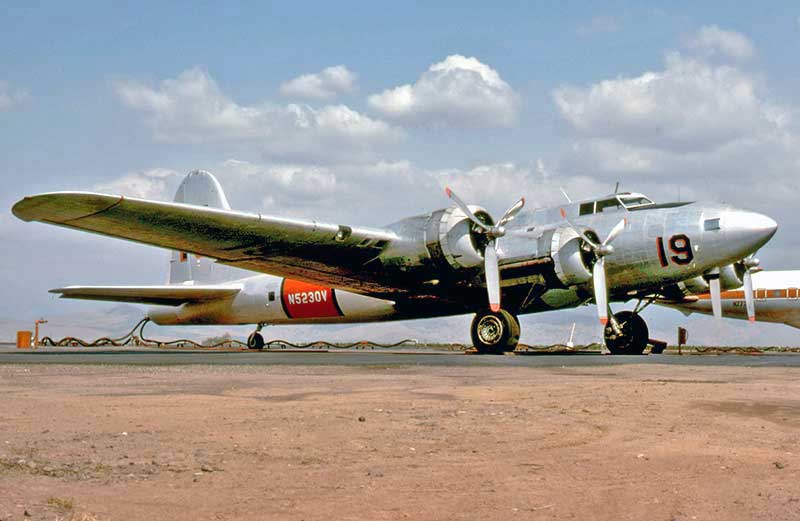
It had been a US Navy PB-1W Bu77244 until sold as surplus from NAS Litchfield Park, Arizona in December 1957
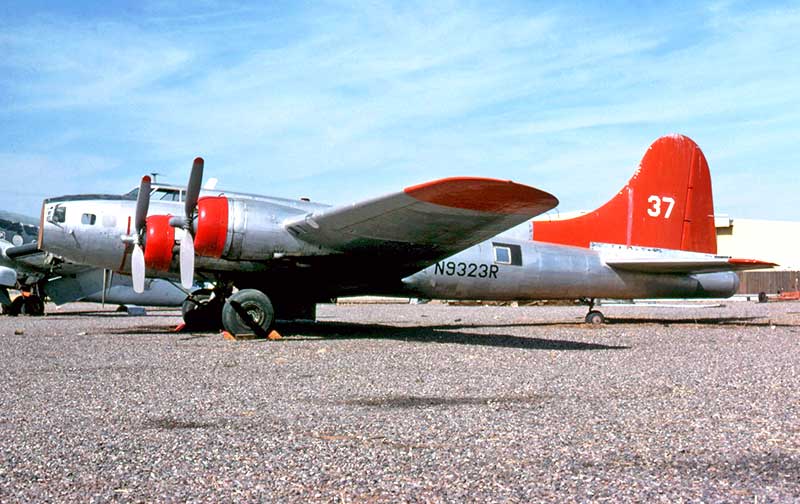
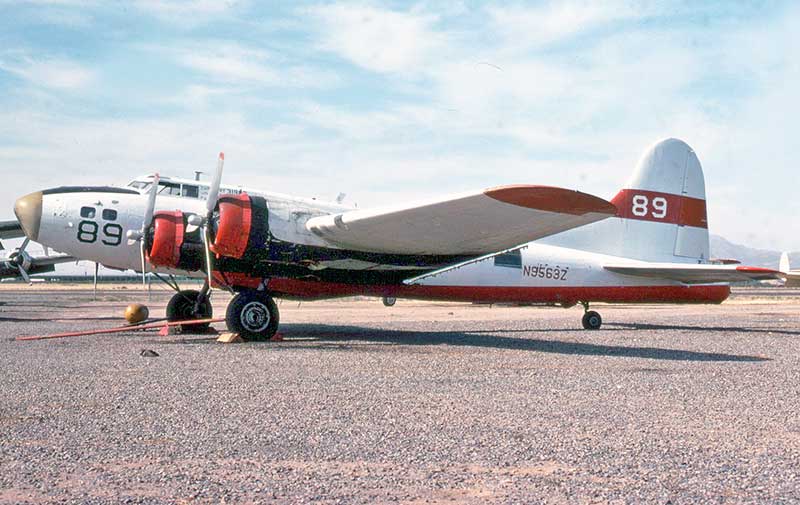
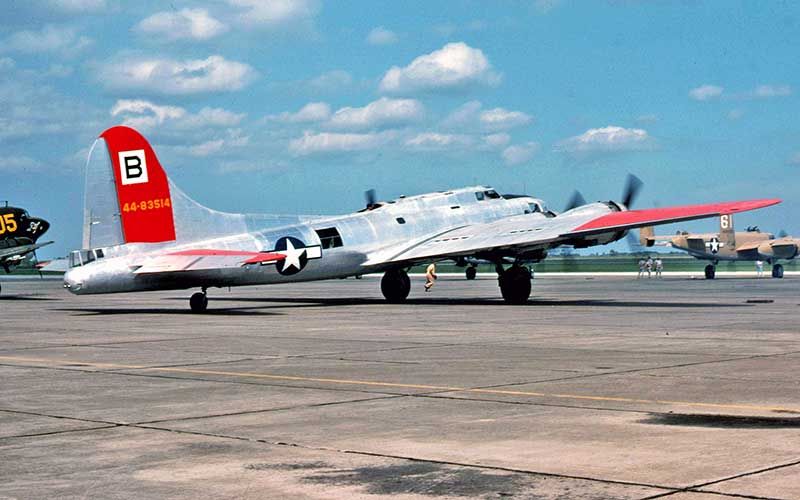
N9323Z of Confederate Air Force seen in October 1977 was formerly Aero Union's tanker #C17
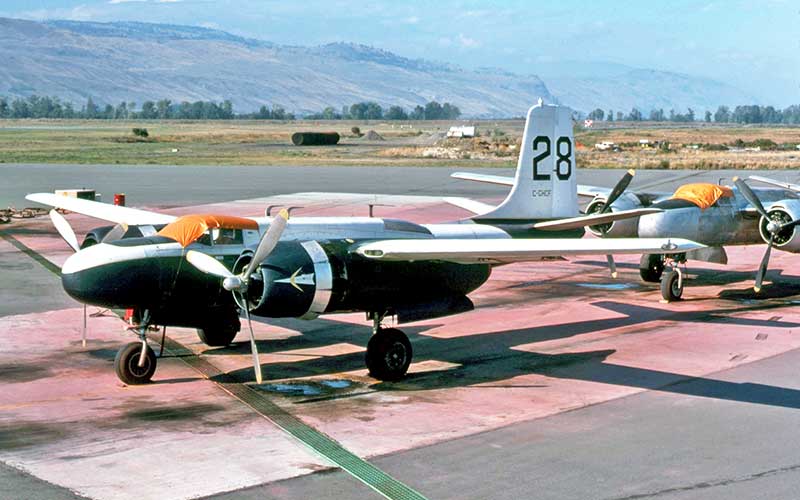
tanker operator Conair. C-GHCF was once a US executive aircraft, and still flies with the Lauridsen Aviation Museum in Arizona
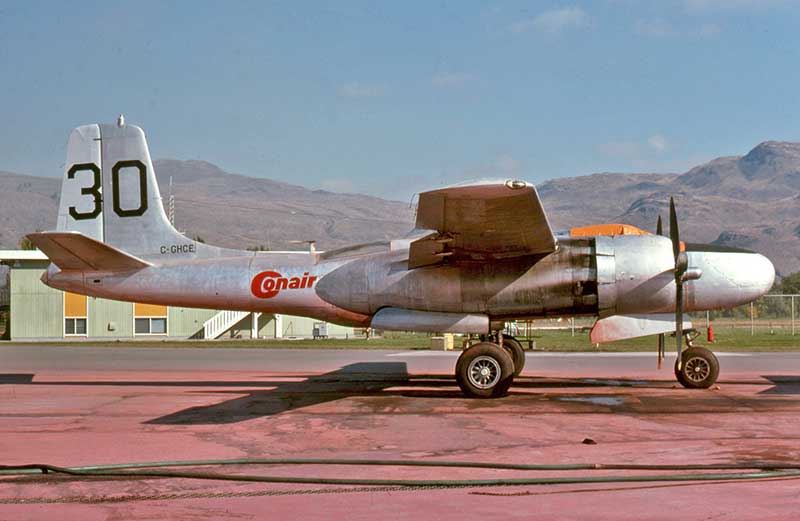
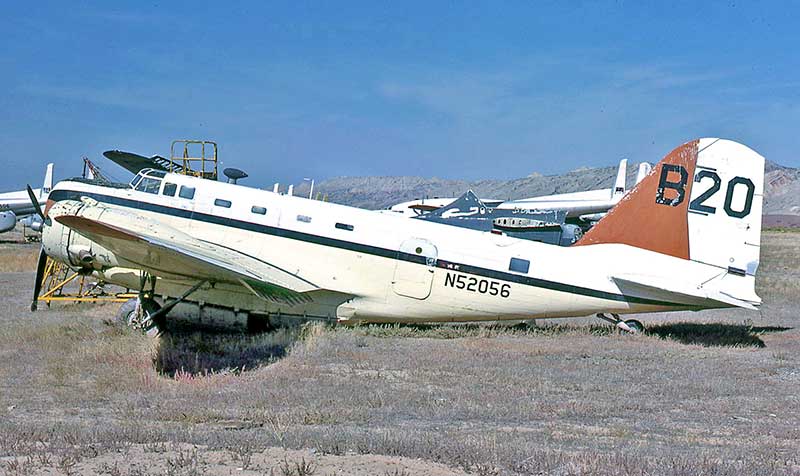
N52056 tanker #B20 was used by Avery Aviation until the 1960s at Greybull, Wyoming, where it still sat in October 1979
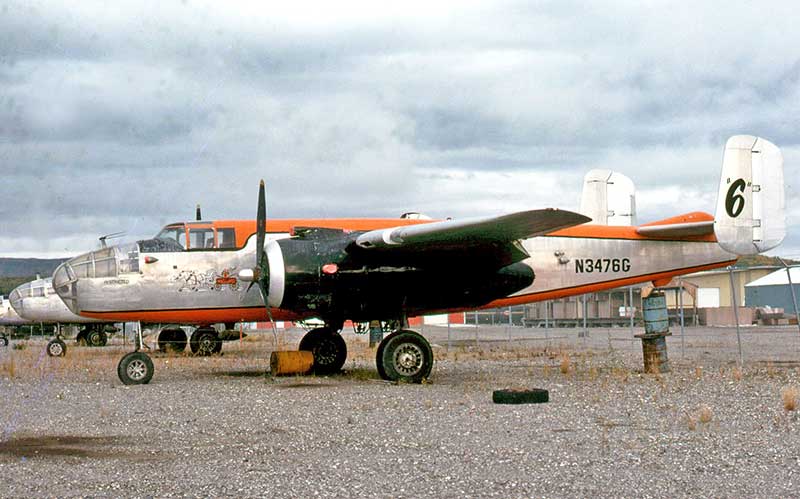
of fatal crashes due to structural failure during the pitch-up after dropping their retardant load. However the type did continue
as fire bombers on Alaska state contracts. I was pleased to find three long-retired B-25s still sitting at Fairbanks in September 1979.
N3478G was Alaskan tanker #6 and had wonderful nose art depicting a horse pulling an old-fashioned fire wagon
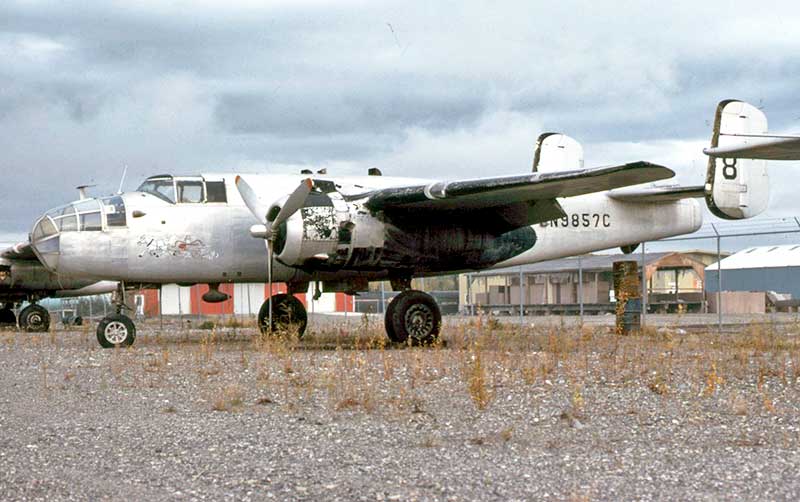
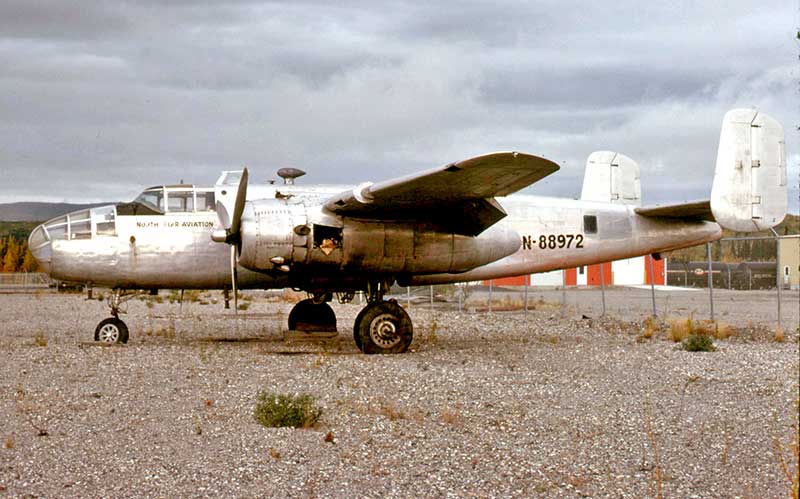
Happily, all three B-25 Mitchells at Fairbanks
were saved, to be restored as warbirds.
North Star Aviation's N88972 later became G-BYDR with The Fighter Collection at Duxford and is now back flying in USA
North Star Aviation's N88972 later became G-BYDR with The Fighter Collection at Duxford and is now back flying in USA